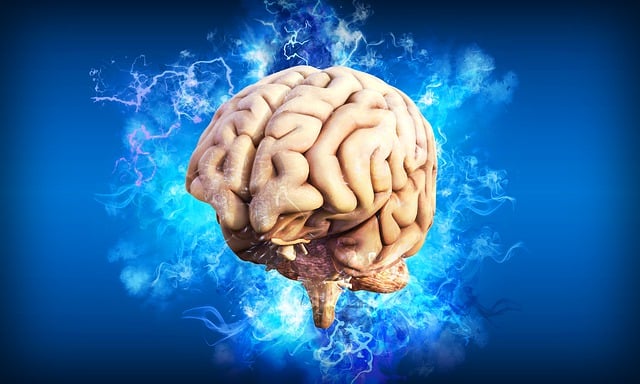Stem cell research is controversial because of its association with abortion, but such research has become essential to understanding the human body and developing new ways to treat disease. Scientists at the University of Southern California (USC) Keck School of Medicine say they have used stem cells to develop a “game-changing” organoid model to study human cerebellar development and disease.
Stem cells are the ultimate chameleons of the biological world. These unspecialized cells, residing within us all, hold the remarkable ability to self-renew and differentiate into various specialized cell types, offering immense potential for medical applications.
Will you offer us a hand? Every gift, regardless of size, fuels our future.
Your critical contribution enables us to maintain our independence from shareholders or wealthy owners, allowing us to keep up reporting without bias. It means we can continue to make Jewish Business News available to everyone.
You can support us for as little as $1 via PayPal at office@jewishbusinessnews.com.
Thank you.
Imagine damaged tissues and organs being regrown, debilitating diseases finding cures, and the boundaries of human health pushed further than ever before. That’s the transformative promise of stem cell therapy.
Ethical considerations also play a crucial role. Embryonic stem cells, while holding immense potential, raise concerns about the destruction of early embryos. Adult stem cells, though readily available, may have limitations in their differentiation potential. Finding the right balance between scientific progress and ethical responsibility is crucial.
In a first for USC Stem Cell scientists, the laboratory of Giorgia Quadrato, an assistant professor of stem cell biology and regenerative medicine, has pioneered a novel human brain organoid model that generates all the major cell types of the cerebellum, a hindbrain region predominantly made up of two cell types necessary for movement, cognition, and emotion: granule cells and Purkinje neurons. This marks the first time that scientists have succeeded in growing Purkinje cells that possess the molecular and electrophysiological features of functional neurons in an all-human system. These breakthroughs in organoid-directed brain modeling have been published recently in the journal Cell Stem Cell.
“The reproducible co-development and maturation of the main cell types of the developing cerebellum in a human organoid model provide a new way to explore the underlying biology of cerebellar development and disorders and advance therapeutic interventions,” explained Quadrato, an assistant professor in the Eli and Edythe Broad CIRM Center for Regenerative Medicine and Stem Cell Research at the Keck School of Medicine of USC.
The human cerebellum is a fascinating and complex structure, responsible for our coordination, balance, and motor learning. Its development is a remarkable process, unfolding over two to three years and laying the foundation for many essential skills.
Human cerebellar development differs significantly from that of other mammals like mice. It’s a much slower and more protracted process, reflecting the complexity of our motor and cognitive abilities. Recent research using advanced techniques like single-cell transcriptomics is unraveling the unique cellular and molecular signatures of human cerebellar development, paving the way for a deeper understanding of its role in health and disease.
By understanding how the human cerebellum develops, we gain insights into the foundations of our movement, coordination, and learning. This knowledge has implications for various fields, from pediatrics and neurology to developmental psychology and brain-computer interface research. The cerebellar journey is far from over, with many exciting discoveries waiting to be unveiled.
Degeneration of Purkinje cells is associated with various neurodevelopmental and neurodegenerative disorders, including autism spectrum disorder and cerebellar ataxia, a condition that affects muscle movement.
Other neurons within the organoids—both excitatory neurons that share information, and inhibitory neurons that inhibit the sharing of information—formed circuits and showed coordinated network activity, demonstrating that they were also functional nerve cells.
In addition, organoids formed human-specific progenitor cells, which are associated with medulloblastoma, the most prevalent metastatic brain tumor in children. This makes the organoids a potentially useful model for studying and finding treatments for this pediatric cancer.




